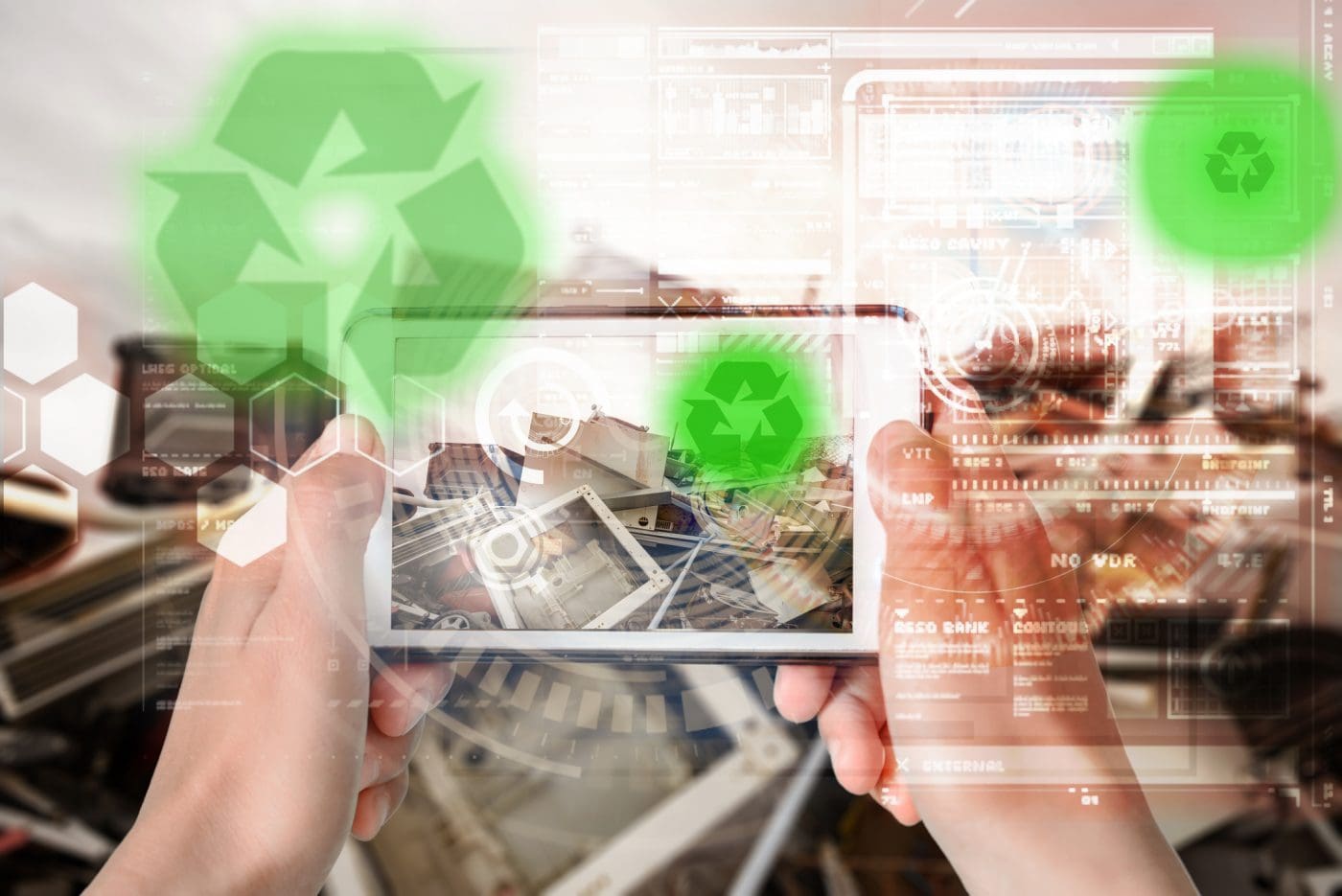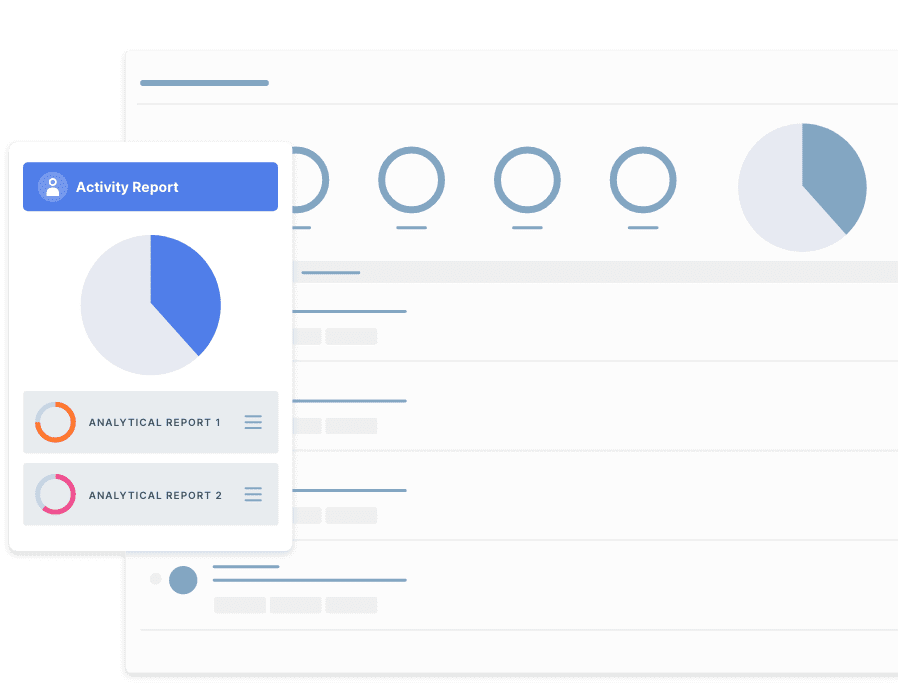
Regulatory content
Electronic Waste / E-Waste / WEEE Compliance
Our coverage of electronic waste provides C2P subscribers with a global perspective of their compliance obligations, along with guidance documents, policy papers and commentaries from leading experts and international organizations.
Electronic Waste / E-Waste / WEEE
195
Countries Covered
3,038
Sources in C2P
WEEE Requirements Explained
Electronic waste/E-Waste/WEEE legislation aims to protect the environment and human health by ensuring that waste from electrical and electronic equipment (EEE) is properly managed. It includes requirements for the collection, storage, sorting, transport, treatment, preparation for reuse, recycling and disposal of electronic waste.
Based on the principle of “extended producer responsibility,” the responsibility for the management of electronic waste is placed on EEE producers. This means manufacturers and importers must finance the collection, treatment, recycling and environmentally sound disposal of electronic waste from their own products. Manufacturers must also design and produce EEE that facilitates the re-use, dismantling and recovery of electronic waste, its components and materials.
Electronic waste regulations provide for separate waste collection and the marking of products with specific product labeling such as the “crossed out wheelie symbol,” indicating that EEE must not be thrown into general household or municipal waste or disposed to landfill. Distributors or retailers may be required to take-back electronic waste free of charge on a like for like basis which can entail setting up collection points to allow customers to take-back their products at their end-of-life.
To fulfill their financial, reporting, registration and other obligations producers may be required to either set up an individual waste scheme and submit an electronic waste management plan, join a collective electronic waste producer compliance scheme, or participate in a product stewardship program, depending on the requirements in different countries and jurisdictions.
These requirements typically apply to EEE including:
- Large household appliances
- Small household appliances
- Information Technology (IT) equipment
- Telecommunication equipment
- Lighting equipment
- Electrical and electronic tools
- Sports equipment
- Medical devices
- Monitoring and control instruments
- Automatic dispensers
- Gas discharge lamps
Benefits of Being E-Waste Compliant
- Avoid Serious Sanctions
- Unlock Global Market Access
Our Coverage of Electronic Waste Regulations
Our regulatory content in C2P is historically comprehensive with a robust QA process to ensure quality, consistency and accuracy. Below is a high level summary of our coverage for this topic:
- EU: Waste Electrical and Electronic Equipment (WEEE) Directive 2012/19/EU (and EU Member State implementations)
- Brazil: Mandatory Reverse Logistics System for Household Electrical and Electronic Products and their Components, Decree No. 10.240, 2020
- Colombia: Environmental and Sustainable Development of Waste Electrical and Electronic Equipment (WEEE) Management Systems, Draft Resolution, December 2019
- France: Anti-waste and Promotion of Circular Economy, Law 2020-105
- Ghana: Hazardous and Electronic Waste Control and Management, Law, 2016
- India: E-Waste (Management) Rules, G.S.R. 801(E), 2022
- USA: California: Electronic Waste Recycling Act (EWRA) Senate Bill 20 Enacted, 2003
- Hungary: Rules for the Operation of the Extended Producer Responsibility System, Decree 80/2023
Ease your Electronic Waste Compliance Management
Global Requirements in One Place
- Because C2P is an end-to-end market access and product compliance solution you can link Evidence to Product Requirements and all informing Regulations, Standards, Customer, Global and other Requirements.
Keep Track of Regulatory Changes
- Automated alerts manage standards and requirements by exception and monitor fluctuating compliance obligations.

Learn more about our Regulatory Coverage
Speak to one of our team today for more information on our regulatory content.
